Crispy, flaky, homemade cannoli filled with a luscious, creamy pistachio filling.
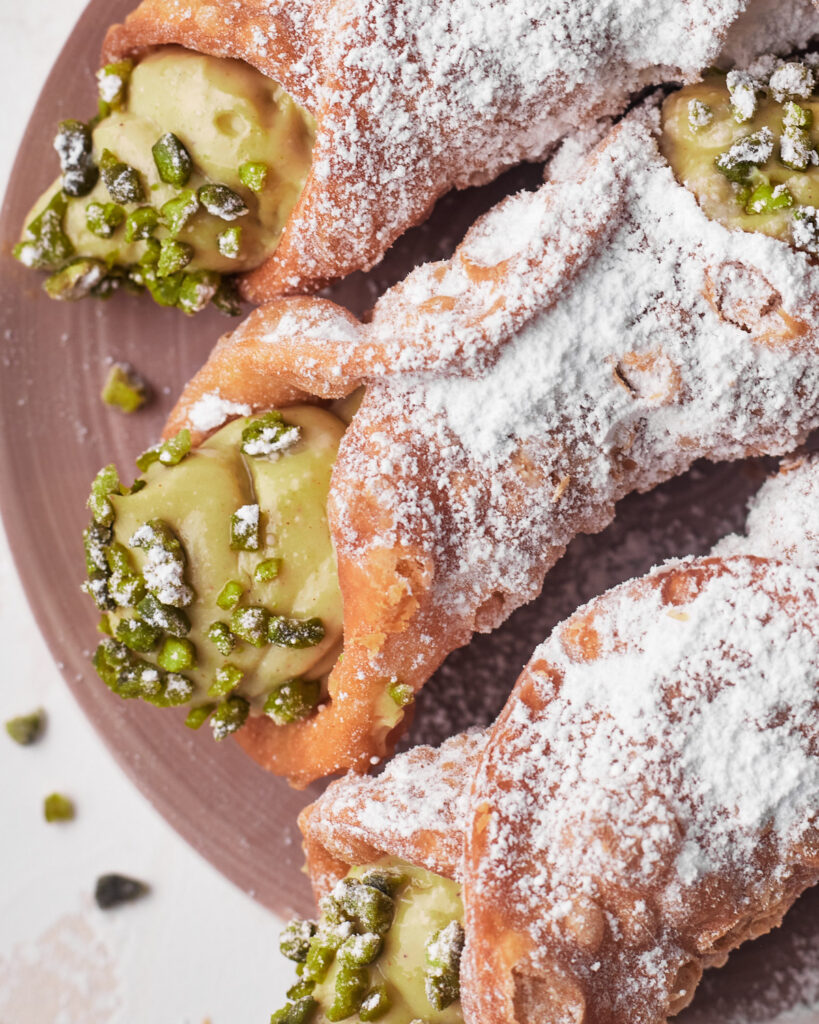
I LOVE cannoli. They are one of my all-time favorite treats. But they are hard to find and can be pricey, so I decided to make my own! And let's face it, everything is better homemade. The classic ricotta filling with chocolate chips is amazing, and I make that in my Air Fryer Cannoli recipe. The traditional cannoli filling is a classic for a reason - it's delicious, creamy, and the perfect complement to the cannoli shells. But I wanted to do something extra special for these cannoli, so I made a pistachio filling.
If you've been following this blog for a while, you may know already that I'm a little pistachio mad and try to put them in everything - check out my Pistachio Cupcakes recipe. I just think pistachios have such a deep, complicated flavor that goes well with sweet and savory and, in my opinion, makes everything better. And these pistachio cannoli are no exception.
Making your own shells might seem daunting, but it's easy if you follow this simple step-by-step process. I used to be super intimidated by the idea of deep-frying in my own kitchen, but after trying it for the first time I realized it's actually super easy and fun! Now I deep fry all the time, recipes like my Custard Donuts which are so amazing when fried and homemade! However, if you're still not sure about deep frying you can make my Air Fryer cannoli shells instead and still add the sweet pistachio cream.
Jump to:
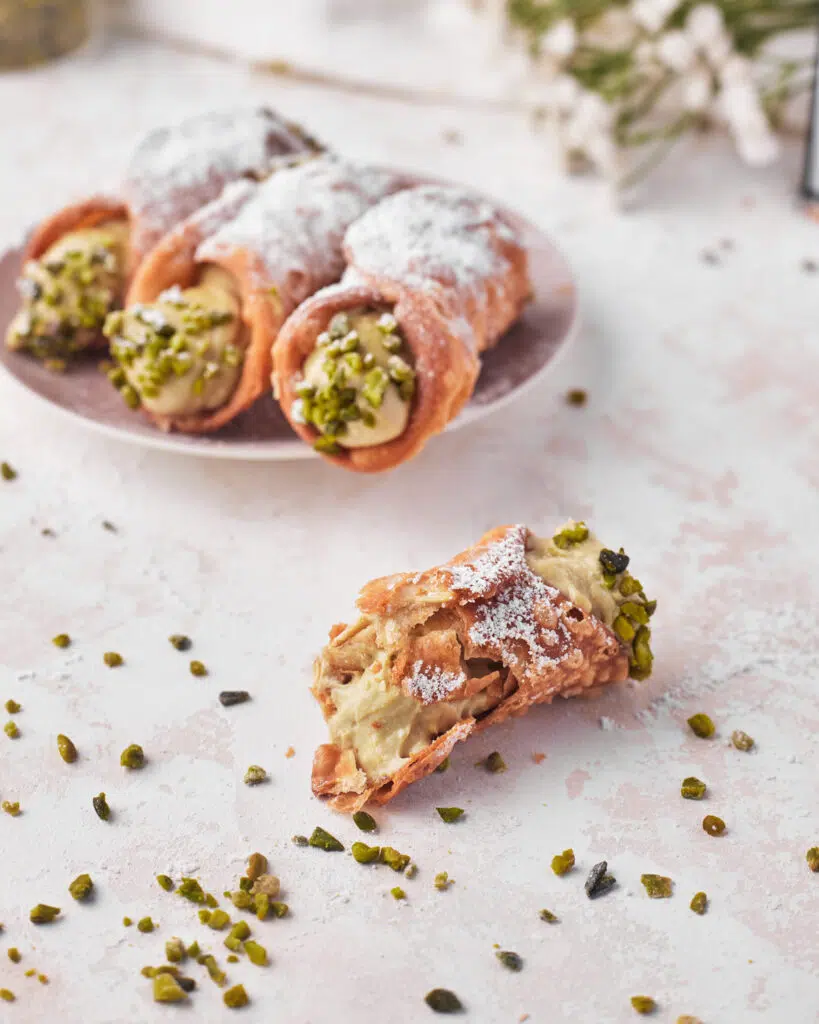
Ingredients
Flour - Use All-purpose flour (plain flour) to make these cannoli shells, this has the right strength and structure to make a solid shell.
Sugar - There isn't much sugar in the shells but a small amount of white sugar helps tie the flavor of the shell in with the sweet filling.
Butter - You can use salted or unsalted butter for this. Make sure it is at room temperature before you begin.
Egg - We'll use egg in the cannoli shells and also a little extra for an egg wash to hold the shells together on the cannoli tubes. In baking, I always recommend using large eggs and always free range if you can.
Marsala Wine - Traditional Sicilian cannoli recipes use Marsala wine in the shells, but if you can't find it you can substitute it with a little red wine, dry white wine, or red wine vinegar.
Oil - The oil doesn't actually go in the recipe but you'll need a lot of frying oil. I find vegetable oil or canola oil work best. You'll need enough to fill your pan at least 3 inches deep.
Ricotta - You want to strain your ricotta the night before making your cannoli filling, there's a whole section below on how to do this.
Powdered Sugar - Also known as icing sugar or confectioners’ sugar, this is the super fine, powdery sugar that will dissolve into your ricotta cheese and add just the right amount of sweetness.
Vanilla - Vanilla adds sweetness and depth of flavor to our cannoli filling. Make sure to use a high-quality vanilla extract or vanilla bean paste. Try to avoid vanilla essence.
Cinnamon - The cinnamon is optional but it does really add something to the filling, it's not enough to be able to detect a cinnamon flavor, but it's just a slight note of warmth in the filling. I think it's worth adding.
Pistachio Paste - Also known as pistachio butter. You should be able to find this in a specialty foods store or online. Or you could also make your own. Just make sure the ingredients say 100% pistachios and not a bunch of other filler ingredients.
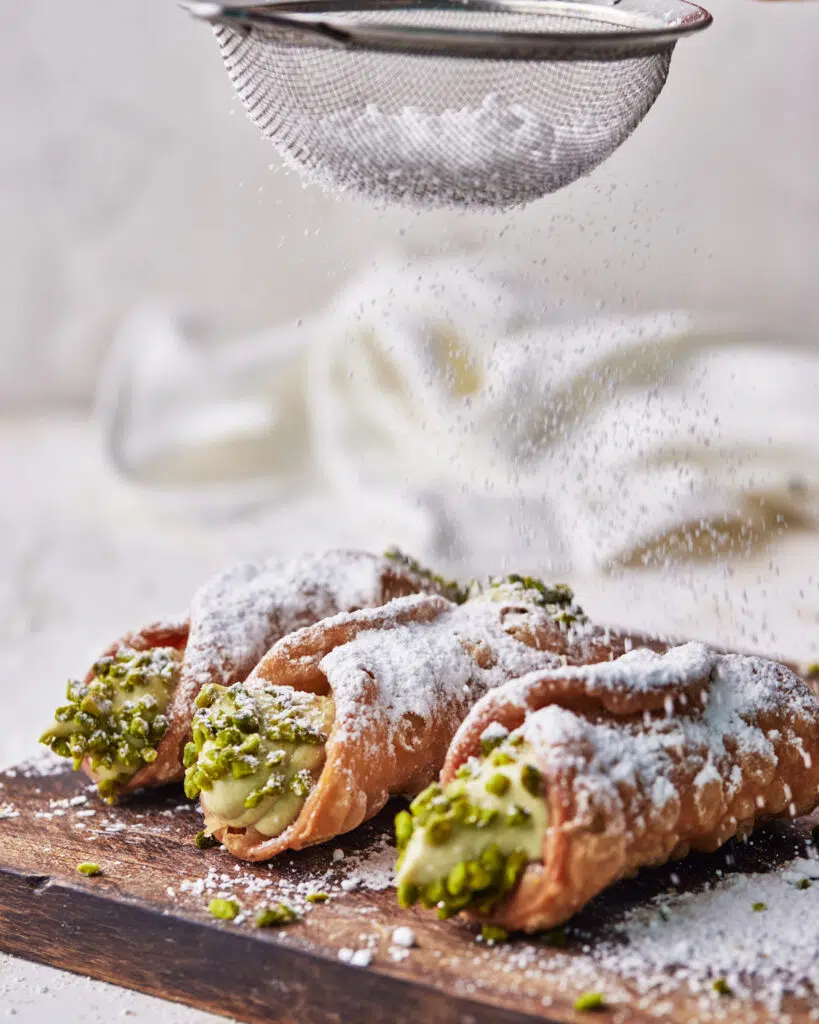
How to Make the Cannoli Shells
- Mix together the sugar and salt and flour in a large bowl.
- Cube the butter into small chunks then add it to the flour mixture. Mix until it resembles lumpy breadcrumbs. You can do this in a food processor, a stand mixer, or by rubbing the butter into the flour by hand.
- Add the egg and marsala wine and mix together just until a rough dough forms. If it needs more liquid, add a little splash more of the marsala wine and keep mixing until it comes together. Be careful not to overmix the dough though.
- Once it comes together into a raggedy dough, tip the mixture out and finish off the dough by hand, kneading on a floured work surface.
- Knead the dough until it looks smooth. Form into a round shape and wrap in plastic wrap. Leave on the countertop to rest for 2 hours.
- After two hours, pour your frying oil into the saucepan, add enough so there the oil is at least 4 inches deep. Heat vegetable oil on medium-low heat to let it slowly come up 350°F /180°C. Check the temperature regularly, you may have to regulate it to keep it at the right temperature as you fry.
- While your oil is heating up, unwrap the cannoli dough and start rolling it out on your floured work surface. You need to try and roll it as thinly as you can, ideally thin enough to be able to see your fingers through it. This takes a little patience and perseverance, as it is a very elastic dough and can be hard to roll out. If you have a pasta maker this can make the process a little easier, but a rolling pin and some patience will get the job done!
- Once your dough is rolled as thinly as possible, use a round cookie cutter to cut out circles. The circles should be as long as you want your cannoli shells to be (small circles will make short little shells, and larger circles will make longer shells). Lay the circles out on a baking sheet lined with parchment paper until you are ready to roll them.
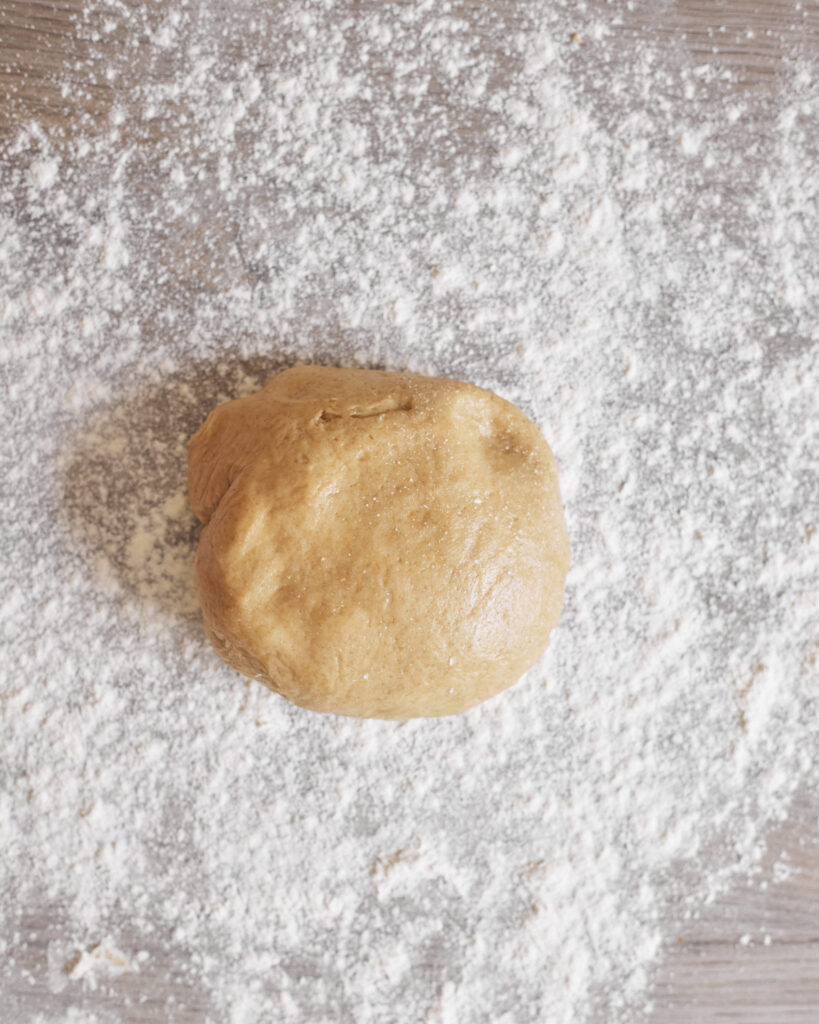
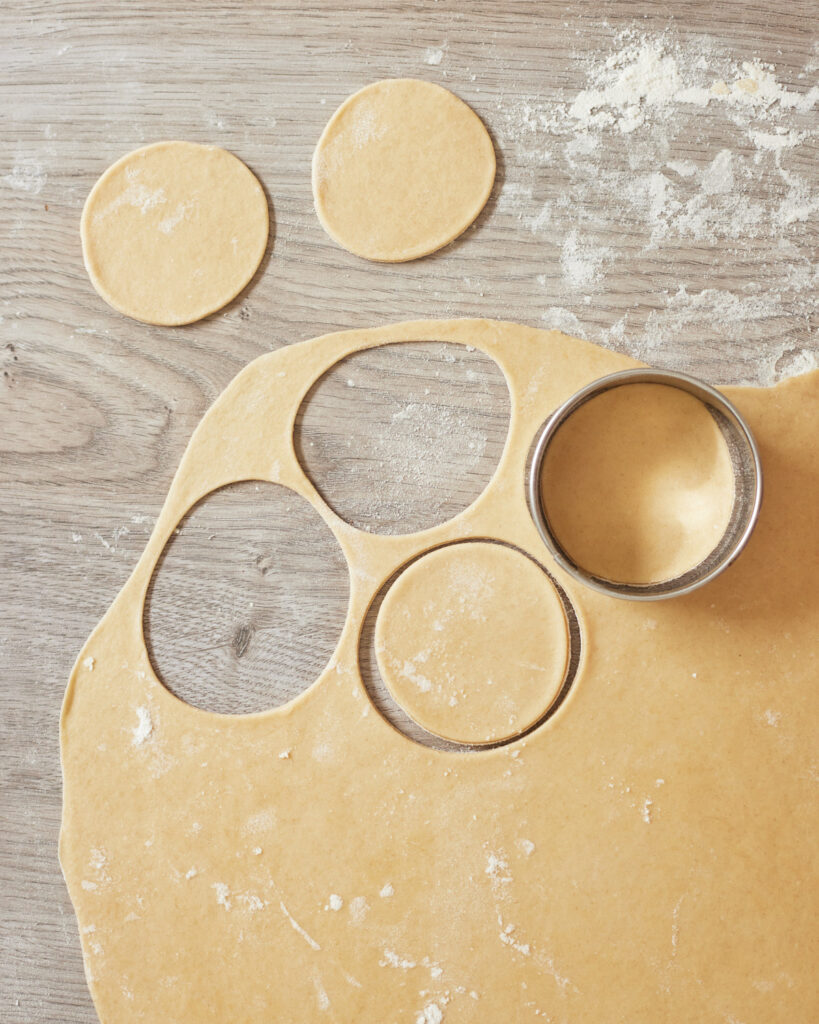
- Wrap a circle of dough around one of your cannoli tubes very gently, with the shortest part of the tube being where the ends of the dough should meet with a slight overlap. Use a little egg wash to secure the pieces of dough together and press down firmly to make sure it is sealed. If not properly sealed, the dough will unravel from the tube in the oil and you'll end up with a flat pancake instead of a cannoli shell.
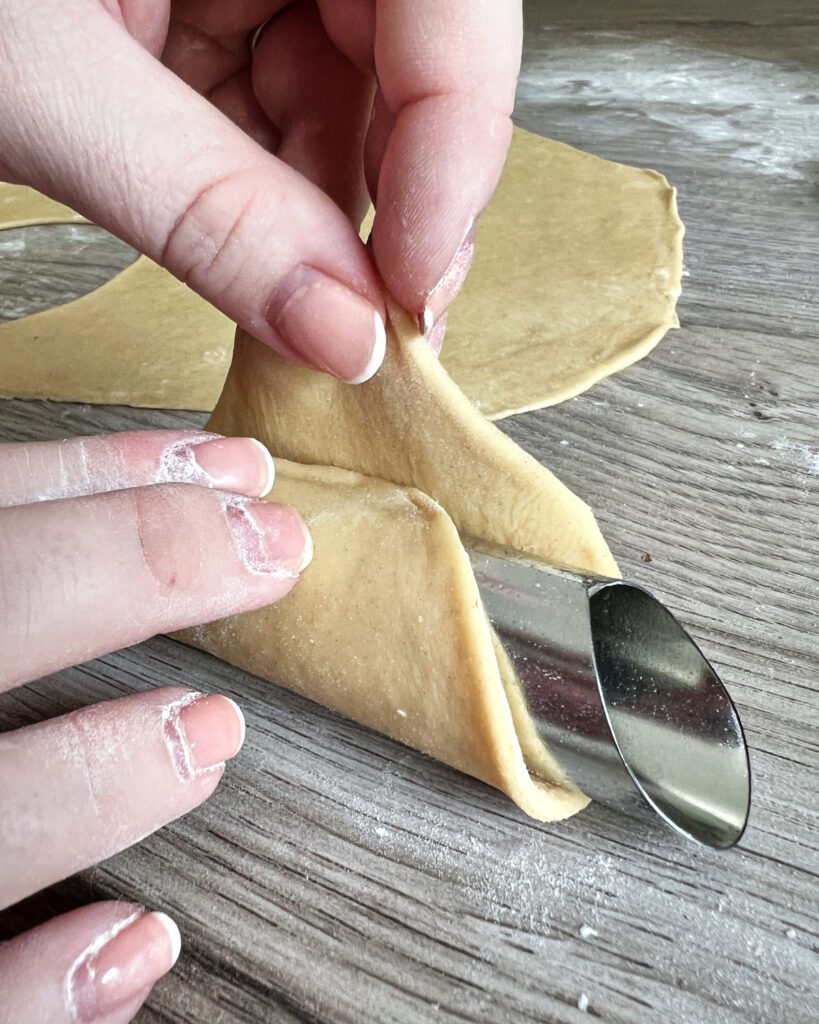
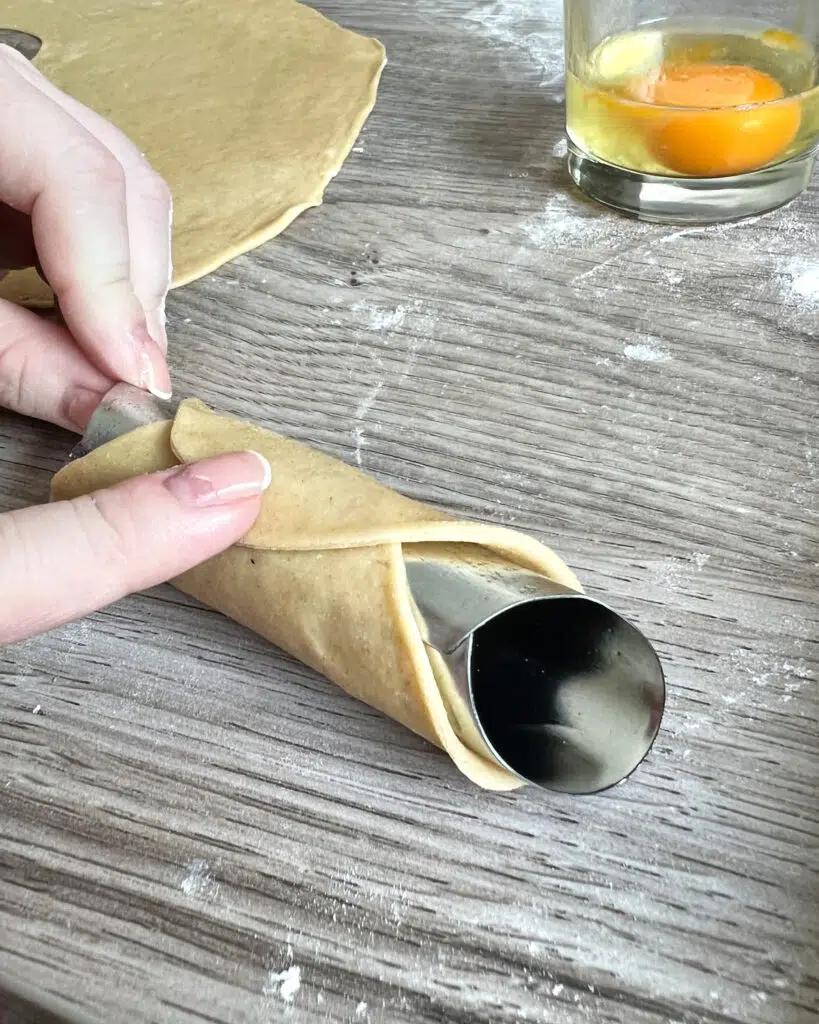
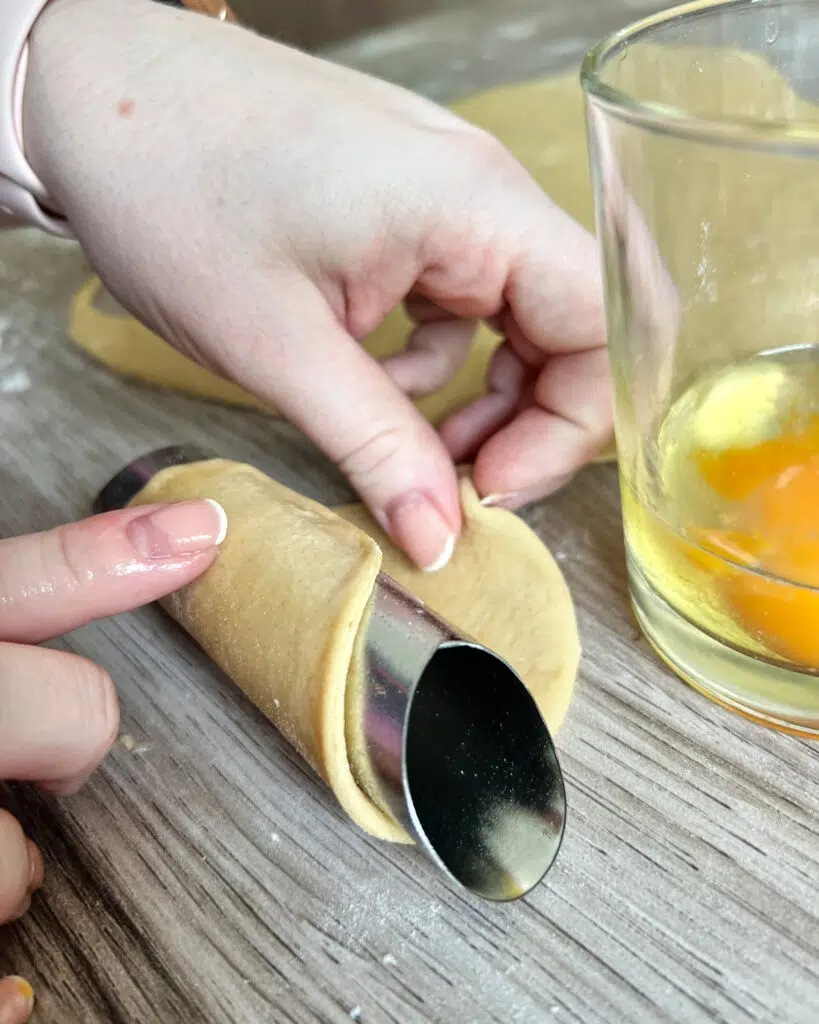
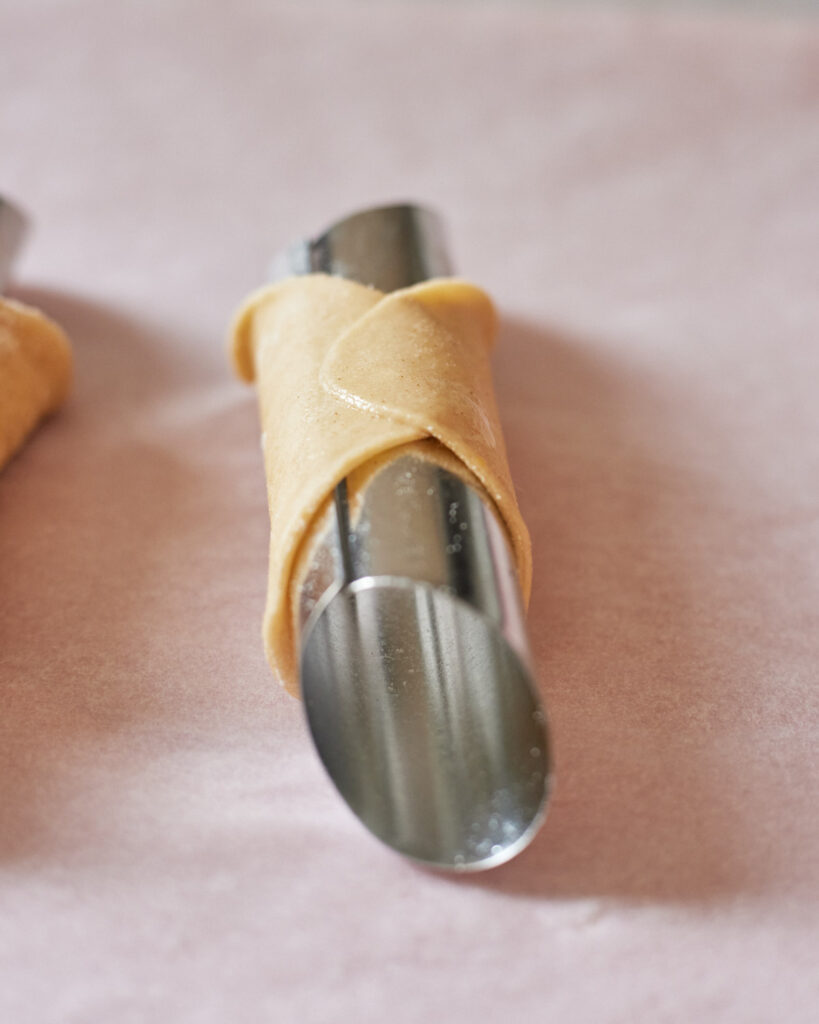
- Wrap the first lot of cannoli tubes in dough (most cannoli tubes come in packs of about 6, so you'll have to do them in batches). By the time the first ones are 'dressed' your oil should be at temperature and ready to go.
- Use a metal slotted spoon or another heatproof utensil to carefully lower 2 or 3 cannoli shells into the hot oil, they should start bubbling up immediately. I like to do just 2 or 3 at a time so I can control them better and not risk burning them.
- The cannoli shells cook really fast so keep an eye on them, it should only take about a minute or two on each side. Because of their shape, the shells tend to bob to one side, even if you try to flip them. I found the best method was to use a pair of metal tongs to hold the cannoli shells on the resistant side for 30 seconds at a time, switching between the shells in the oil so they all get an even amount of cooking time.
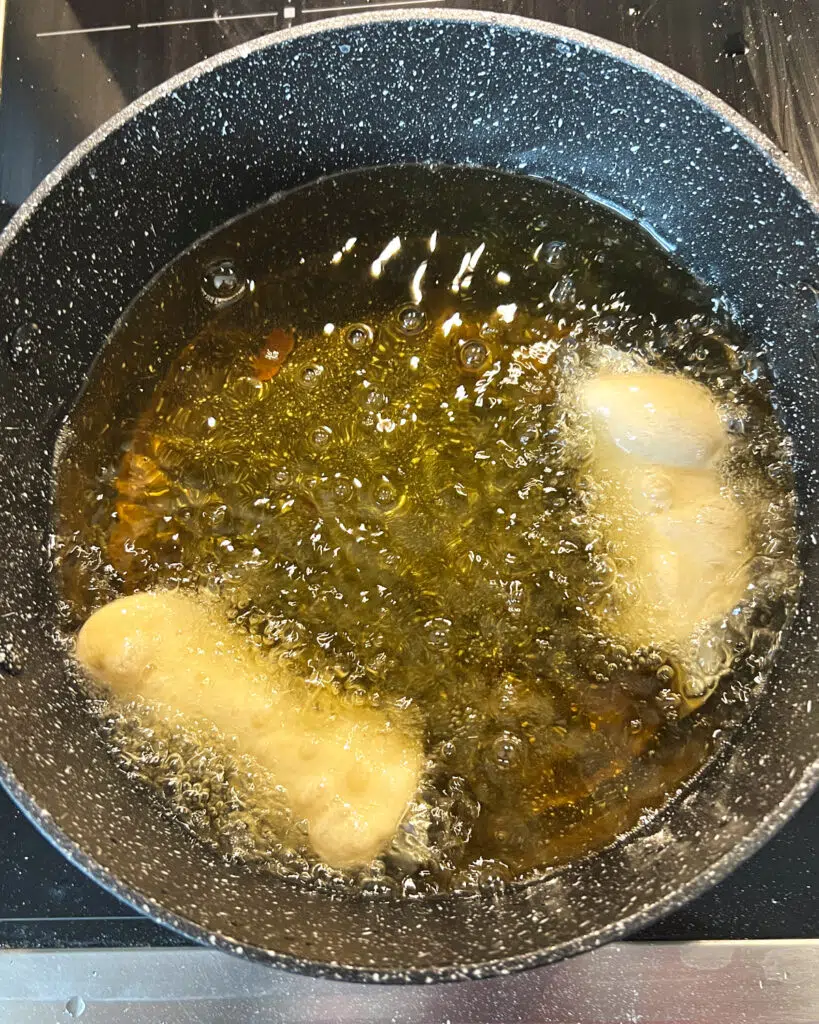
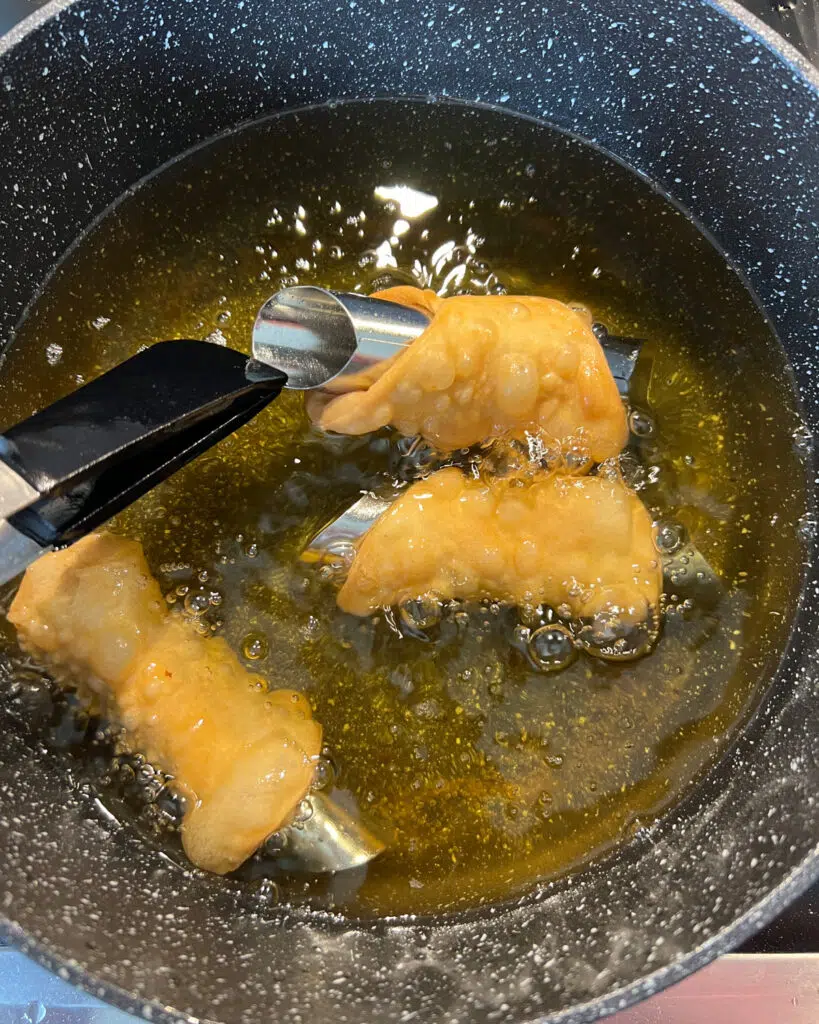
- Once the shells are golden brown on all sides, use your slotted spoon to remove them from the hot oil and transfer them to a wire rack lined with paper towels to soak up any excess oil. Leave them on the metal tubes for now while you fry up the next 2 or 3 shells.
- By the time you have fried the next 2 or 3 shells, the first ones should be cool enough to carefully slide them off the cannoli tubes. Once you have all 6 (or however many tubes came in your pack) cooked and released, you can wrap the next 6 and repeat. Be careful removing the cannoli shells from the tubes. First of all, the tubes will still be hot, so don't grab them without checking them first, secondly the shells are very fragile so you need to handle them with care to avoid breaking them.
- Your cooked cannoli shells should be golden brown, flaky and covered in those famous bubbles all over the shell - that's the sign of great cannoli!
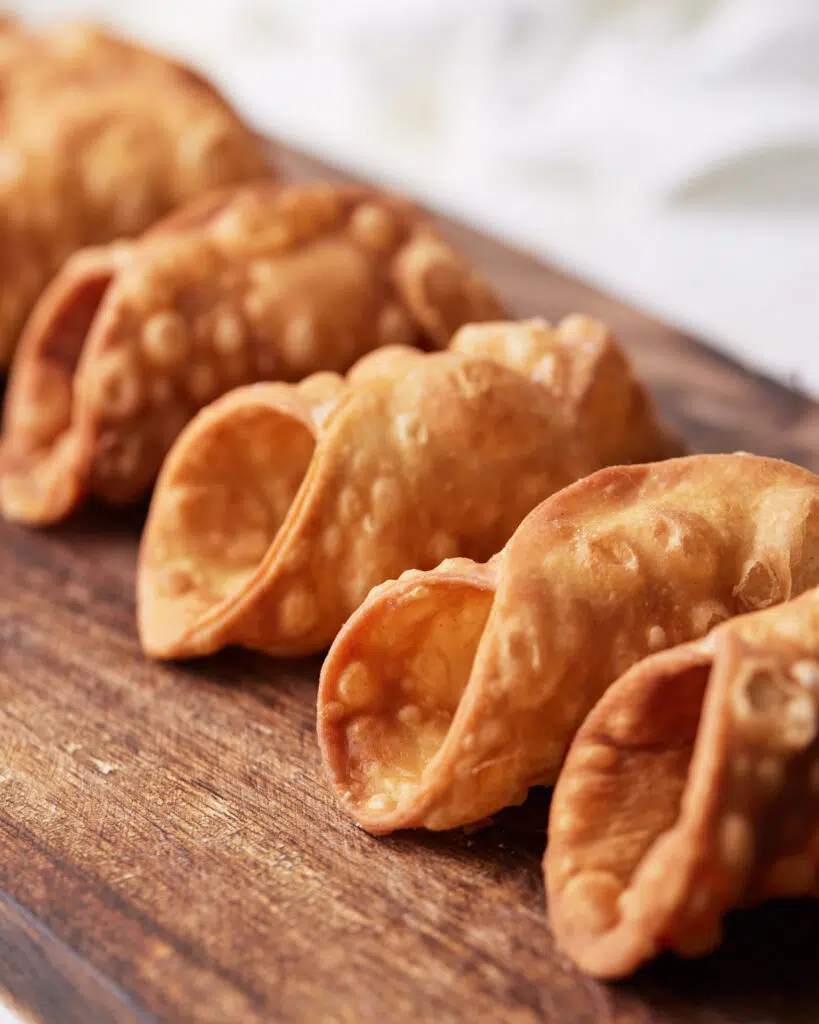
How to Make the Pistachio Cannoli Filling
The cannoli filling is super quick and easy to make. I took my classic cannoli filling recipe and just added pistachio paste (also known as pistachio butter).
- In a large mixing bowl, beat together the strained ricotta, powdered sugar, vanilla, and cinnamon. Mix until smooth and combined. You could use an electric mixer for this but it's just as easy by hand.
- Add pistachio paste to taste, I like about 2-3 tablespoons of pistachio butter but you can add more or less depending on how powerful you want the flavor to be.
- Transfer to a piping bag or an airtight container and store in the fridge until you are ready to fill your cannoli.
Note: Make sure your ricotta was strained overnight before making this filling.
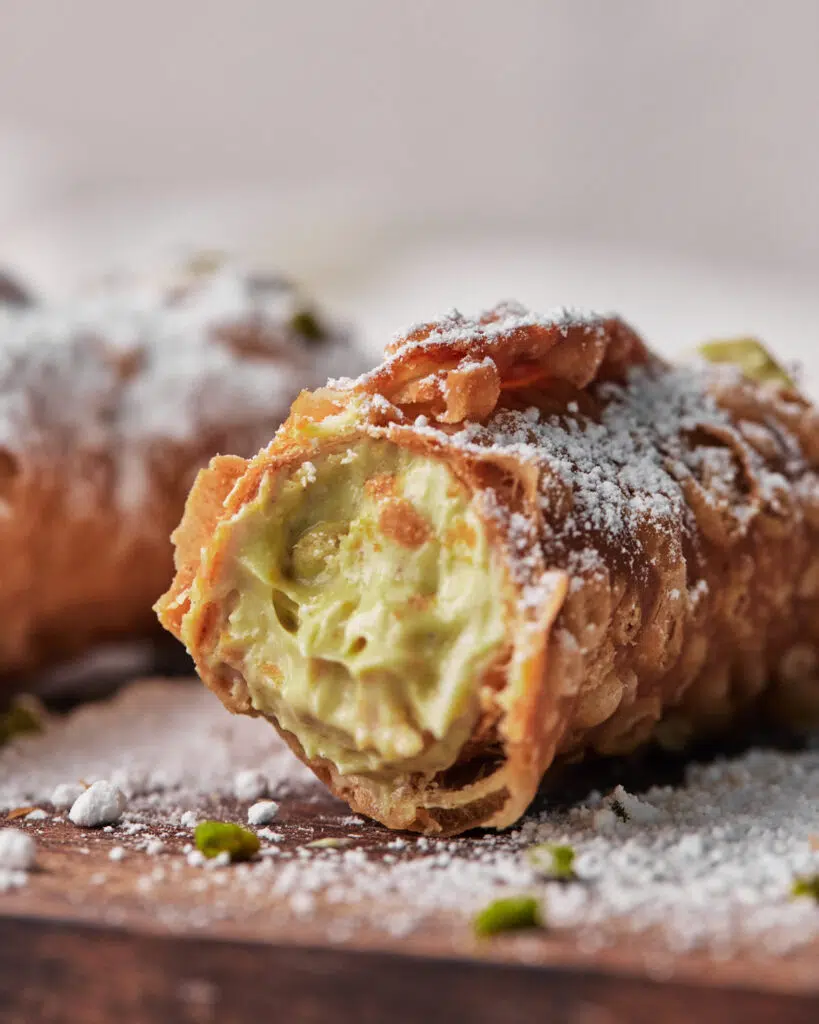
How to Fill Cannoli
- Make sure you fill your cannoli right before serving, or at most 2 hours before serving. If you leave them filled for much longer than this they will start to go soggy - and nobody wants a soggy cannolo!
- Fill a piping bag / pastry bag with your cannoli filling and snip a hole in the end of the bag.
- Take one of your prepared shells in one hand and use the other hand to pipe the pistachio cannoli filling in through one of the ends of the cannoli, pulling back until it is evenly filled all the way through.
- For extra flair and crunch, you could dip the ends of exposed cannoli filling into some chopped pistachios.
- Once filled, dust the cannoli with some powdered sugar for a finishing touch.
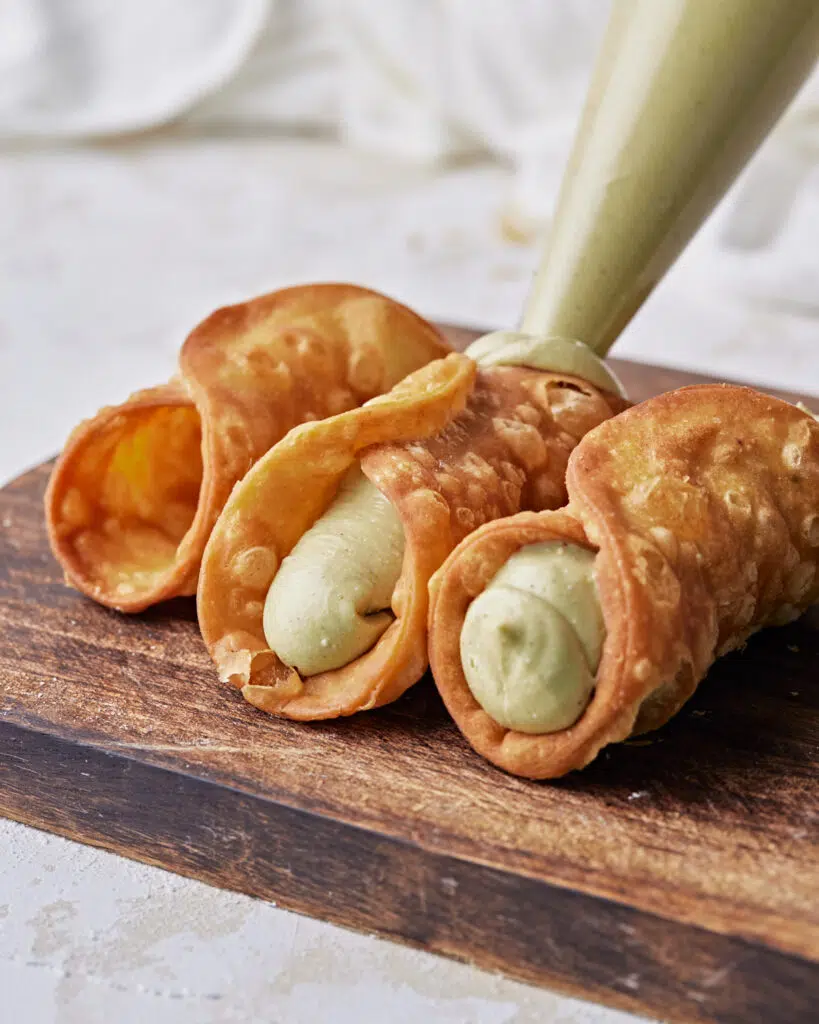
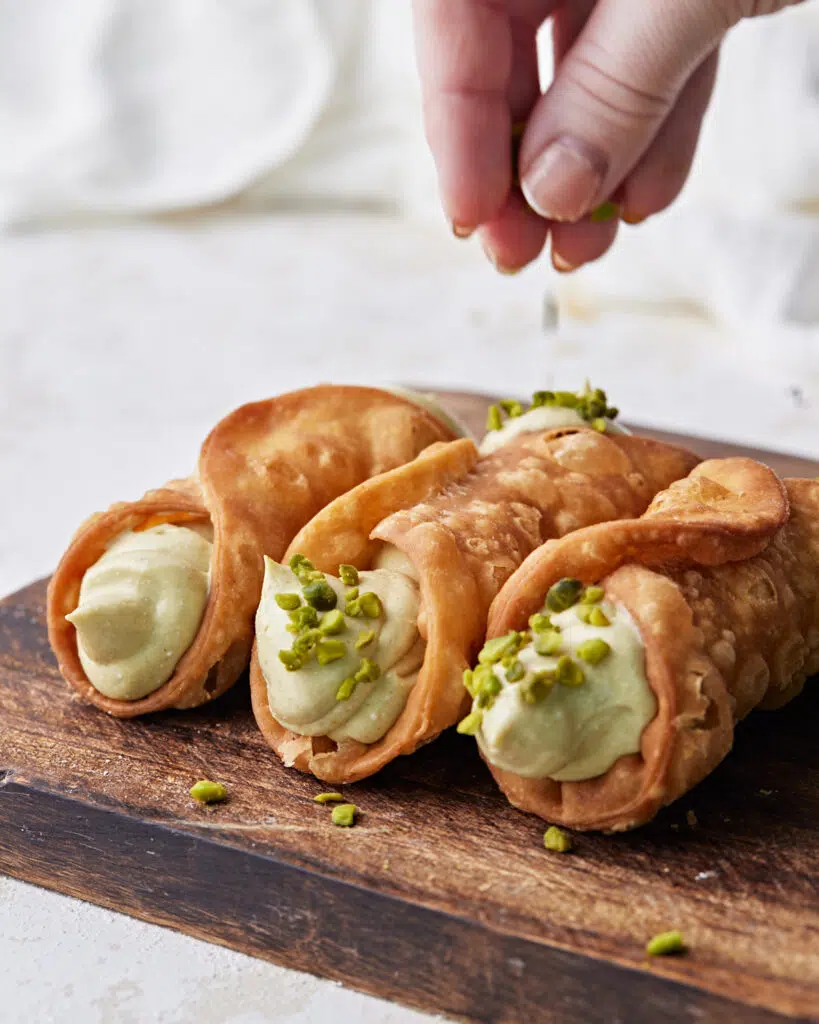
How to Strain Fresh Ricotta
It's important to strain the ricotta overnight to remove any excess liquid that might be in there. If you don't then that liquid will seep out into your cannoli shells and make them soggy.
- Measure out your ricotta cheese and wrap it in a cheesecloth, squeeze tightly.
- Place the wrapped ricotta into a sieve over a bowl.
- Put a small plate on top of the ricotta and use something heavy to weigh it down. This will provide a little pressure overnight to release those juices.
- Let the ricotta sit like this in the fridge overnight. Once you are ready to make the cannoli filling, discard of the excess liquid in the bottom of the bowl and unwrap the ricotta.
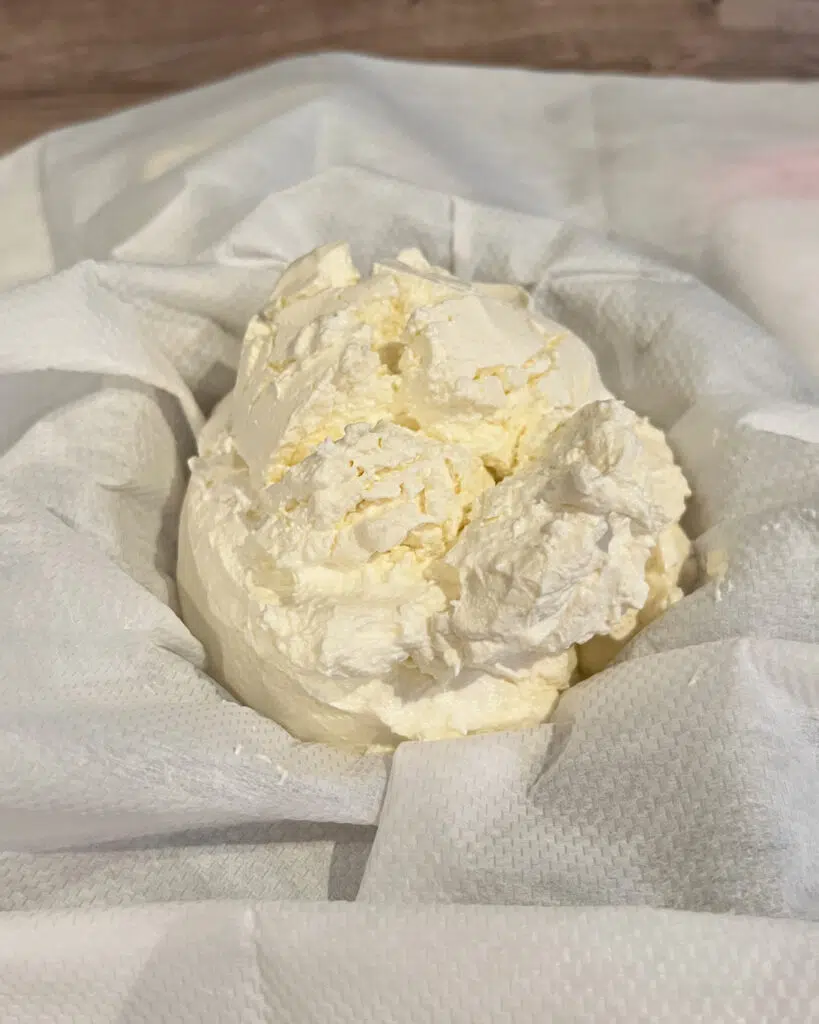
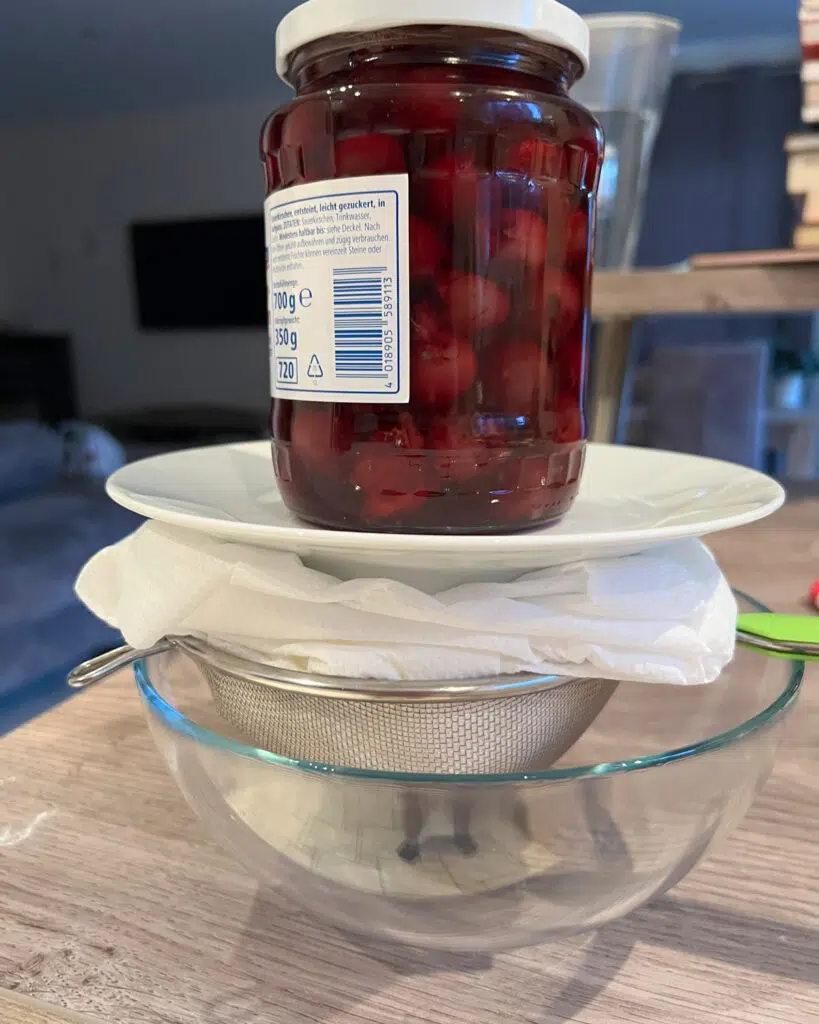
Can You Make Cannoli in an Air Fryer?
Yes, you can! I will say that the texture of the cannoli is a little different when made in the air fryer, and they of course won't have those famous cannoli bubbles all over the shell, but they are still crispy and delicious.
Check out my post here about how to make Air Fryer Cannoli.
Equipment
Cannoli Tubes - In order to shape the cannoli shells, you will need cannoli tubes. Mine were gifted to me years ago by one of my employees in the bakery when she came back from visiting home in Italy, but you can easily find them online or in specialty cooking stores. There aren't many substitutions for real cannoli tubes as it's not just about the shape, it's the material, weight, and seam that are specifically formed to withstand the hot oil and cook the cannoli shells perfectly. They're fairly inexpensive and will last for all your future cannoli needs.
Thermometer - It's important for the oil to be at the right temperature at all times. If it's too hot your cannoli shells will burn, if it's not hot enough the cannoli shells won't crisp up properly. You should use a thermometer to monitor the temperature and turn it up or down to keep it at a steady 350°F throughout the cooking process (give or take 10 degrees). Make sure you use a thermometer that is built to withstand that kind of eat, many thermometers are meant for lower temps and will not function properly or may even break if inserted into hot oil. I used an infrared digital thermometer.
Saucepan - Obviously you'll need something to fry your cannoli in. You want a saucepan that is wide enough that the cannoli won't be crowded, but not so huge that you'll need liters and liters of oil to fill it up. You need at least 3 inches of oil in the pan to make sure the cannoli can cook properly, so take this into consideration when choosing your pan.
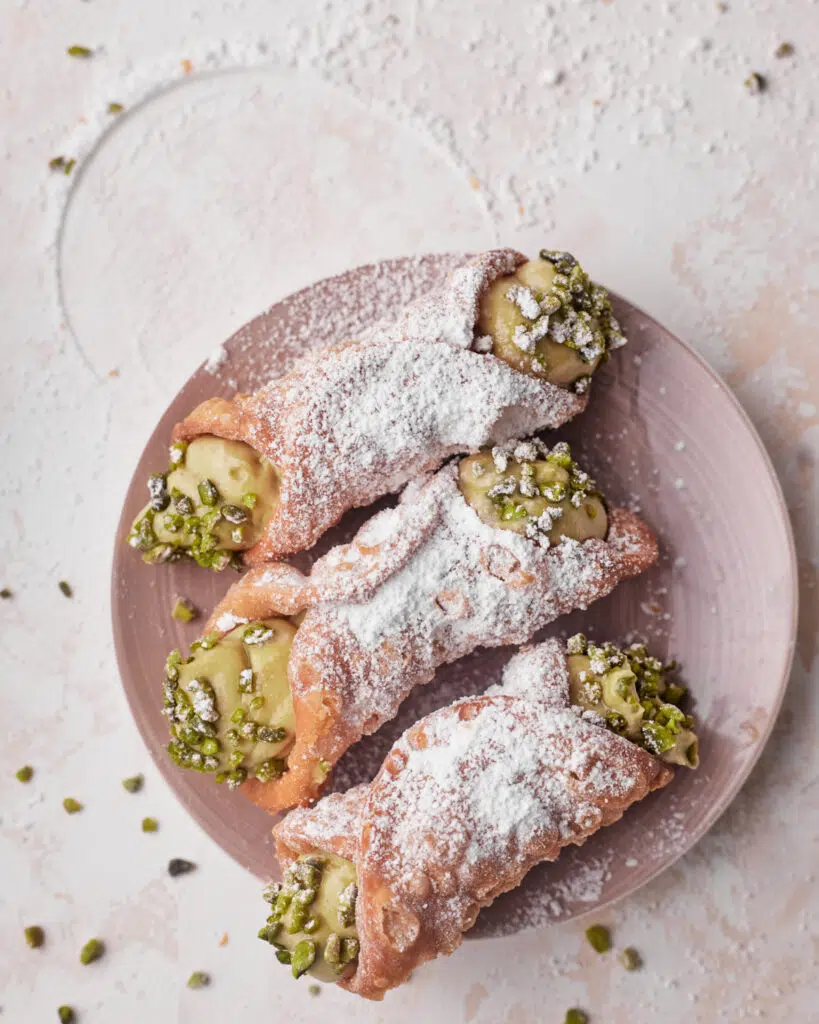
Variations
There are so many fun variations possible with this pistachio cannoli recipe.
Chocolate Dip - try dipping the ends of each cannoli shell in melted chocolate before you fill them with the pistachio filling for an extra touch of luxury.
Swap out the filling - If you leave the pistachio out of the filling, you will have a regular ricotta cannoli filling. Mix it with chocolate chips and fill with that instead for a classic cannoli.
Cocoa Powder - Add 1 tablespoon of cocoa powder to the cannoli shell recipe for a chocolate boost and darker color.
Zesty touch - Grate some orange zest into the pistachio filling for a citrusy kick.
Nutella Filling - Try replacing the pistachio paste with Nutella for a chocolatey, nutty filling instead.
Substitutions
Ricotta Cheese - If you can't find or don't like ricotta cheese, you can swap it out for mascarpone. You can use it in the same quantity as the ricotta. Or you could use a mixture of ricotta and mascarpone. The mascarpone should still be strained just as the ricotta.
Marsala Wine - You can substitute the Marsala wine for red or white wine, sherry, or red wine vinegar.
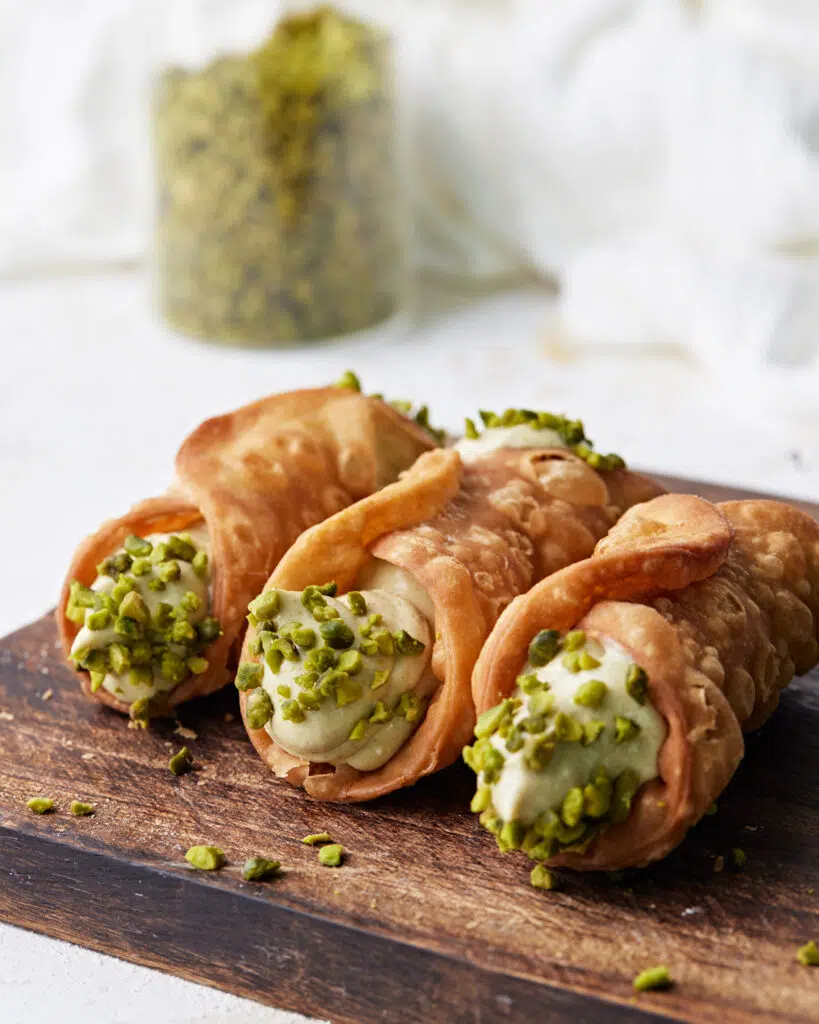
Storage
Once the cannoli have been filled they should be enjoyed right away. After a few hours of sitting with filling in them, the cannoli shells will start to go soggy.
For best results, store the shells and filling separately and fill right before serving.
The cannoli shells can be prepared up to a week in advance and stored in an airtight container at room temperature.
The filling can be prepared 3 days in advance and stored in an airtight container in the fridge.
Recipe
Pistachio Cannoli
Equipment
- Deep Saucepan
- Round Cookie Cutter
- Rolling Pin or pasta maker
Ingredients
For the Cannoli Shells
- 1 ¾ cups All-purpose flour 250g
- 2 tablespoon White Sugar 25g
- ¼ teaspoon Salt
- 3 tablespoon Butter 43g
- 1 Egg
- ⅓ cup Marsala Wine 80g / 80ml
- Frying oil enough to have the oil at least 3 inches deep in your pan.
For the Pistachio Cannoli Filling
- 900 g Ricotta strained
- 1 ½ cups Powdered Sugar 195g
- ¼ teaspoon Ground Cinnamon
- 1tsp teaspoon Vanilla
- 2 tablespoon Pistachio Paste
- Chopped Pistachios for dipping (optional)
Instructions
- Strain the ricotta the night before and let it sit overnight.*
Make the Cannoli Shells
- Mix together the flour, sugar and salt in a large mixing bowl.1 ¾ cups All-purpose flour, 2 tablespoon White Sugar, ¼ teaspoon Salt
- Cube the butter into small chunks then add to the flour mixture. Mix until it resembles lumpy breadcrumbs. You can do this in a food processor, a stand mixer or by rubbing the butter into the flour by hand.3 tablespoon Butter
- Add the egg and marsala wine and mix together just until a rough dough forms. If it needs more liquid, add a little splash more of the marsala wine and keep mixing. Don't overmix.1 Egg, ⅓ cup Marsala Wine
- Once it comes together into a raggedy dough, tip the mixture out and finish off the dough by hand, kneading on a floured work surface.
- Knead the dough until it looks smooth. Form into a round shape and wrap in plastic wrap. Leave on the countertop to rest for 2 hours.**
- Pour your frying oil into the saucepan and start heating it. Check the temperature regularly to regulate it. We want to aim for about 350°F / 180°C.Frying oil
- Roll out the dough as thinly as possible. It is quite an elastic dough so this requires some patience and perseverence. If you have a pasta maker then that can make this process easier, but it will work just fine with a rolling pin and patience. Ideally it should be thin enough that you can see your fingers through it.
- Cut the thinly rolled dough into rounds. The longer you want your cannoli shells to be the larger you should cut your circles (but no longer than the cannoli tubes).
- Wrap your dough circles around the cannoli tubes and seal with a little egg wash. Press firmly on the seam to prevent the cannoli shell from unravelling in the oil.
- Once the first lot of cannoli tubes are 'dressed' and the oil is at the right temperature, put 2 or 3 cannoli shells into the hot oil and let them begin to cook. It happens fast so watch them closely.
- Because of their shape, the cannoli shells tend to bob to one side, try to use a pair of tongs to hold the shells in place for 30 seconds at a time so they can cook evenly on both sides.
- Once the cannoli shells are evenly golden brown on both sides, remove from the oil and transfer to a cooling rack covered in paper towels.
- Start frying the next 2 or 3 shells. Once the second batch are cooked, the first batch should have cooled enough for you to carefully remove them from the cannoli tubes so you can reuse them with the next lot of dough rounds.
Make Pistachio Cannoli Filling
- Add the ricotta, powdered sugar, cinnamon and vanilla to a bowl and beat until it is smooth and well combined.900 g Ricotta, 1 ½ cups Powdered Sugar, ¼ teaspoon Ground Cinnamon, 1tsp teaspoon Vanilla
- Add the pistachio paste and mix it through the cannoli filling. You can do this to taste, add the pistachio paste a little at a time until the flavor is as strong as you want it.2 tablespoon Pistachio Paste
- Put the pistachio filling in a piping bag and snip off the end. Pipe into the cooled cannoli shells right before serving.
- For extra crunch, dip the ends of the cannoli shells in some chopped pistachios or chocolate chips.Chopped Pistachios
- Serve immediately. If the cannoli are for later, I recommend storing the shells and filling separately and filling them right before serving.

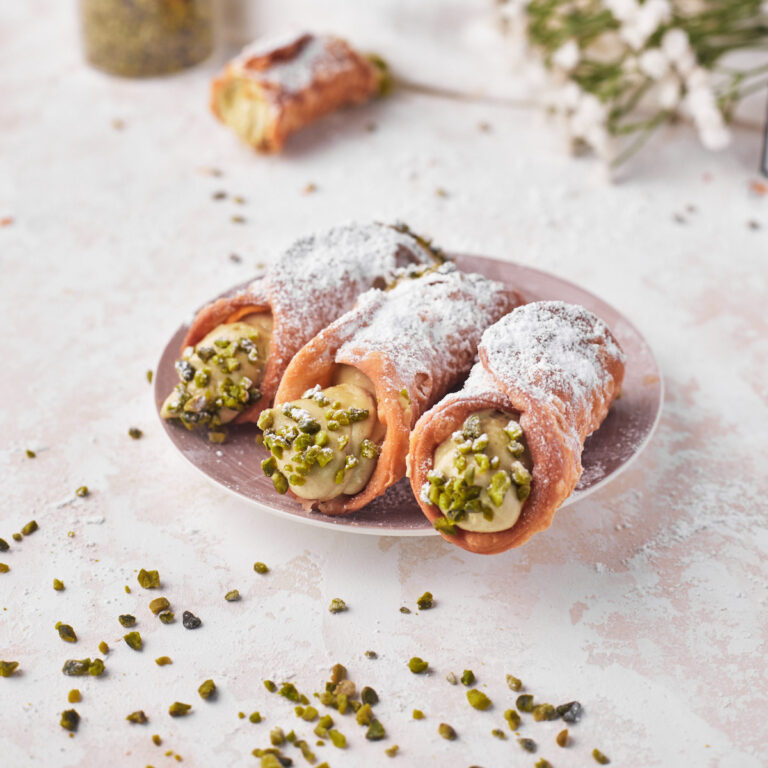
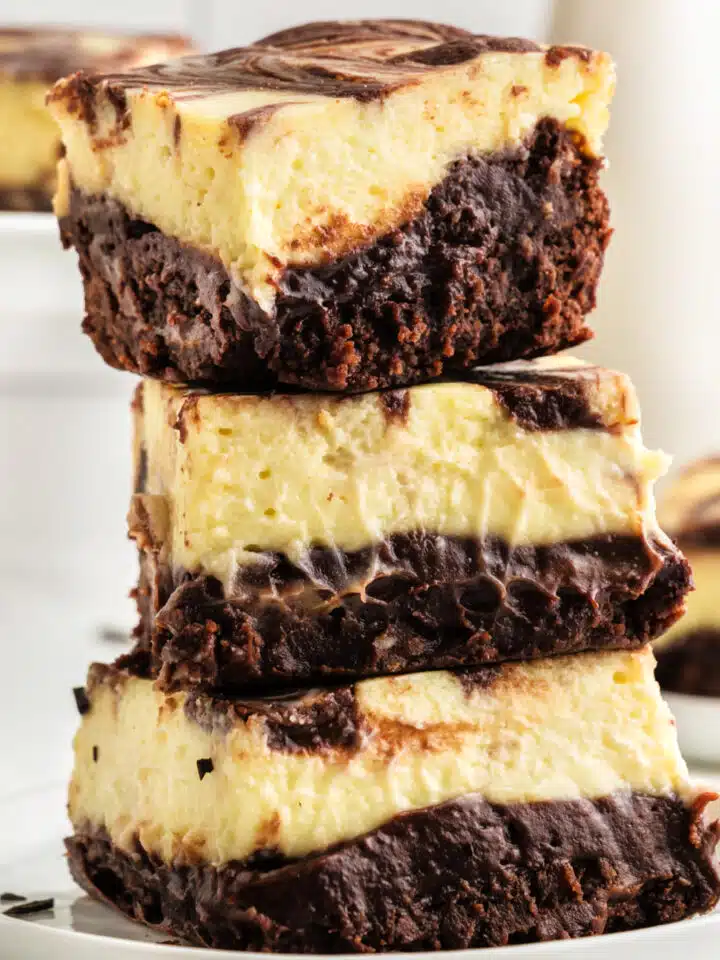
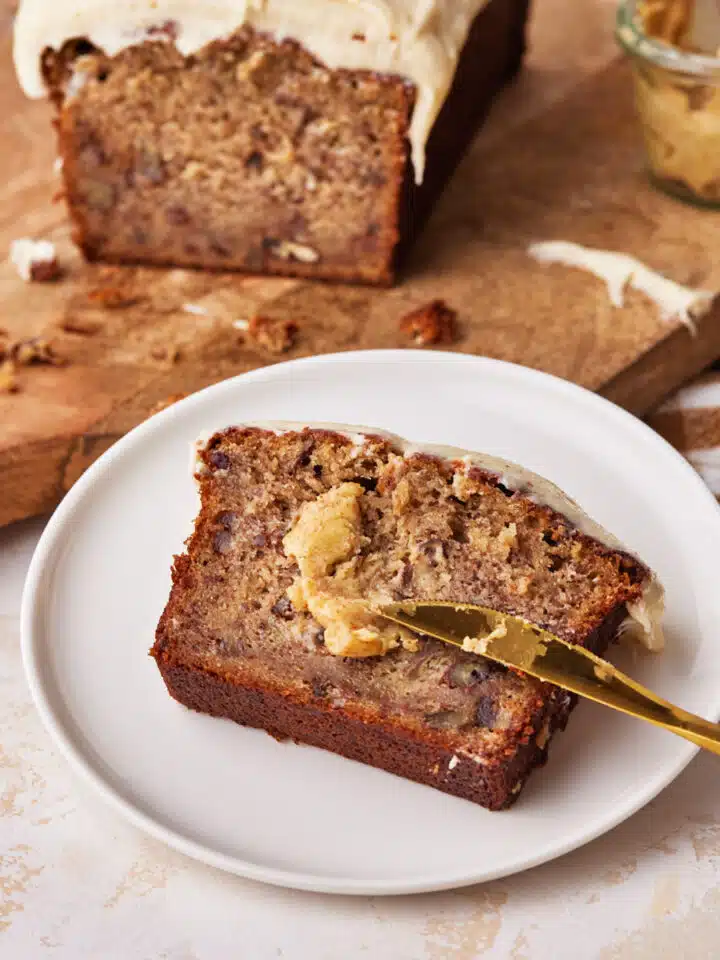
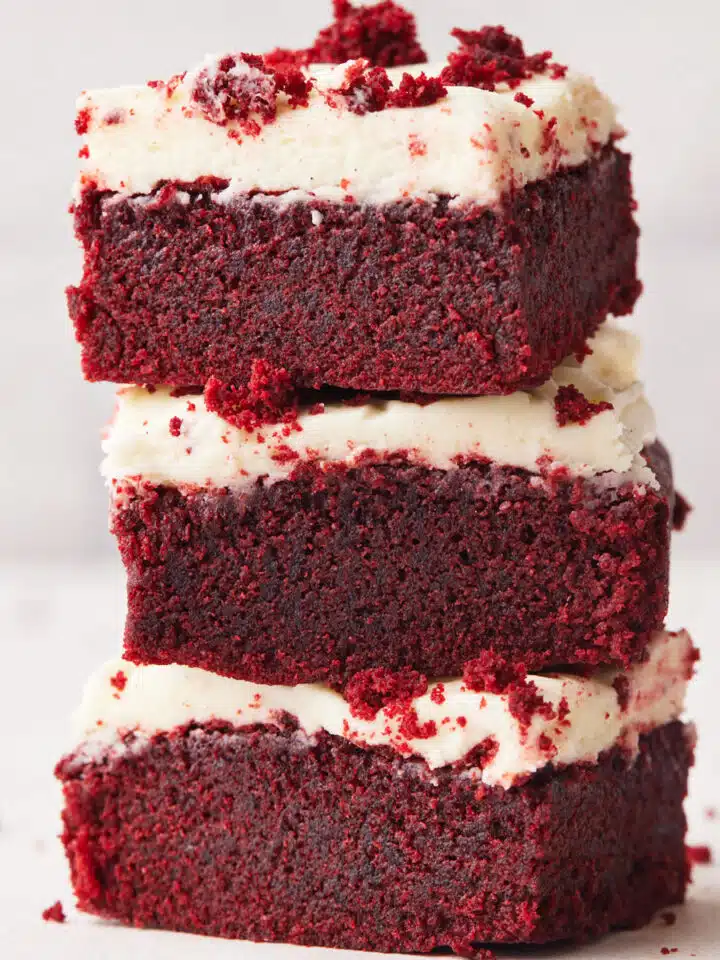
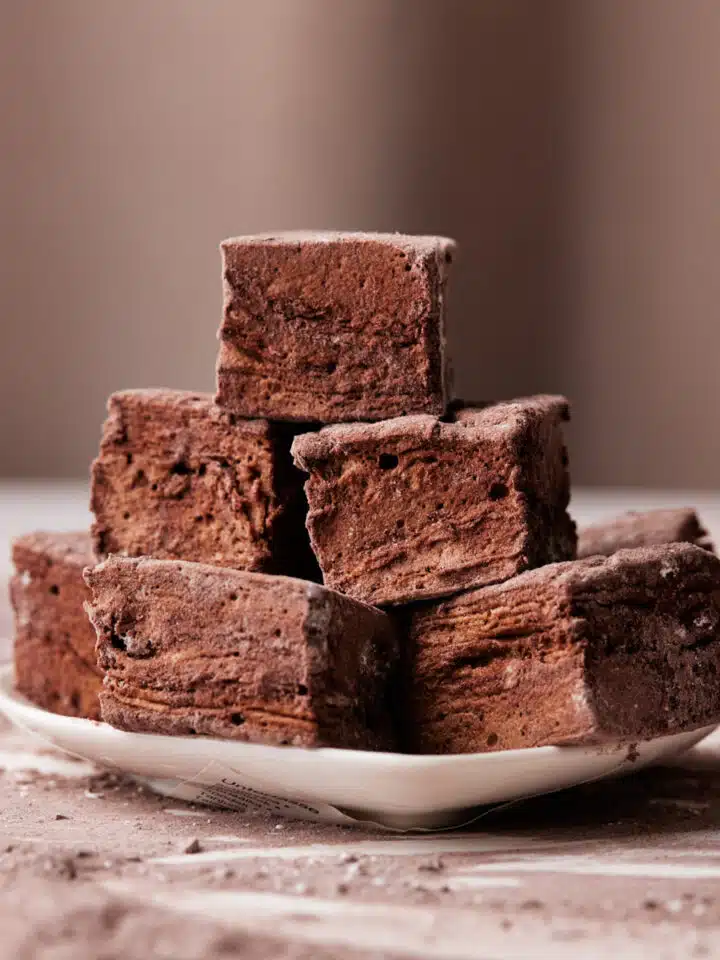
Hannah
I am loving all the pistachio treats!
Though I can never quite the cannoli tubes right
Raoul Espinoza
Absolutely love this recipe babe, so easy to follow! Thank you:) Baking with wine now also a legitimate option 😉
Linda smart
Love pistachios! I can only get pistachio cannoli in my local garden centre at a huge cost, now I can enjoy my own. Another wonderful recipe juliane.
Jules
Thank you :). I love pistachios too - totally obsessed! :D. Glad you like the recipe.
Joann
Hi
I'm going to try this recipe..is the Marsala white or red?
Jules
Hi Joann,
Even though Marsala wine is a kind of pinky/amber color, it is typically made with white grapes. You could definitely substitute for a dry white wine. Hope this helps!
Robyn
Can the pistachio paste be made from scratch. Not available locally. Do you just blitz pistachios until paste like?
Cannoli fab but wanting to try the pistachio flavour.
Jules
Hi Robyn, Absolutely! I love making my own pistachio paste - it's so easy. I have a whole blog post all about it - https://bonnibakery.com/pistachio-butter-pistachio-paste/
Enjoy! 🙂